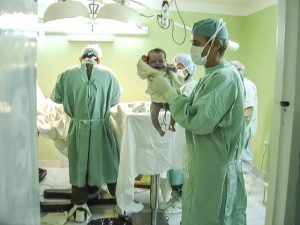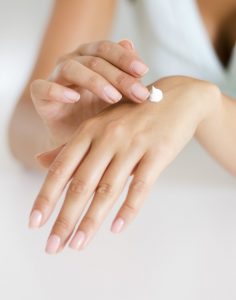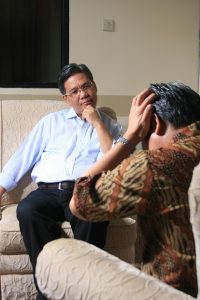If you want to focus your career on preventive medicine, a residency program in occupational and environmental medicine (OEM) could be right for you. This specialty area is unique because it is highly interdisciplinary. As a physician specializing in OEM, you will be trained to diagnose and treat work-related injuries and illnesses, so your education will include experience in both traditional medical care and public health.
Occupational and Environmental Medicine Residency Programs
Residency programs that train specialists in occupational and environmental medicine typically last for two years. They are designed specifically to train physicians in the competencies laid out by the ACGME for Residency Training in Preventive Medicine (Occupational Medicine specialty), as well as those defined by the American College of Occupational and Environmental Medicine. Specifically, OEM residency programs typically involve studies in:
- Clinical practice of OEM
- OEM-related laws and regulations
- Environmental health
- Disability management
- Toxicology
- Hazard identification, assessment, and management
- Disaster management
- Public health and disease prevention
- Management and administration
Many programs also provide opportunities for academic research in OEM, and some programs even give residents the chance to earn a Master of Public Health (MPH) or Master of Occupational Health (MOH) degree in the first year. As a result, when you finish, you will not only have the skills needed to work in a clinic or hospital, but you will also be prepared to get a job in a corporate setting, work for a government agency, or serve as part of a legal or regulatory body.
Applying for an OEM Program as a Foreign Medical School Graduate
Because OEM combines studies in medicine and U.S. law, it is one of the less common choices for foreign medical graduates. However, if you are passionate about making a difference in the field of OEM, don’t hesitate to apply!
The most important thing to do on your residency application is to show that you are committed to a career in OEM. For instance, you can discuss previous work experiences or research that you have conducted in the field. It can be especially helpful to have completed a clinical externship in the occupational medicine, because it can demonstrate to your application reader that you have the knowledge and skills that are required for a U.S. residency in OEM. A clinical externship is also a great way to boost the quality of your CV, and you may be able to get a letter of reference from an attending physician in the United States, which is required for some programs.
FMG Portal offers clinical externships in many different specialty areas, including occupational medicine. Contact us today to get help with residency placement!









